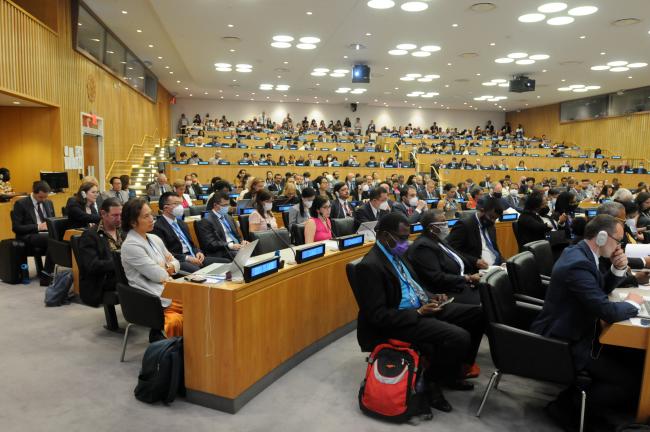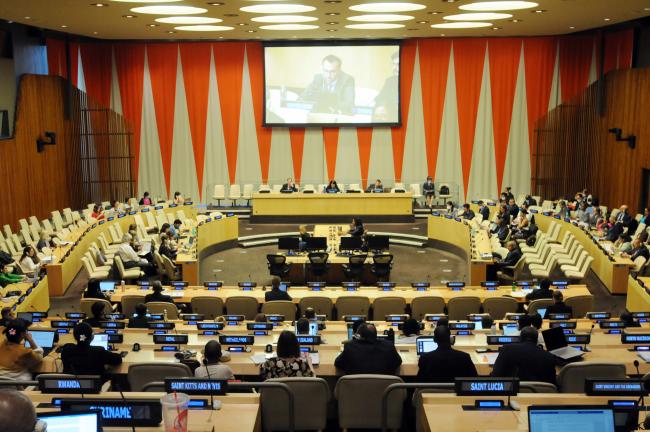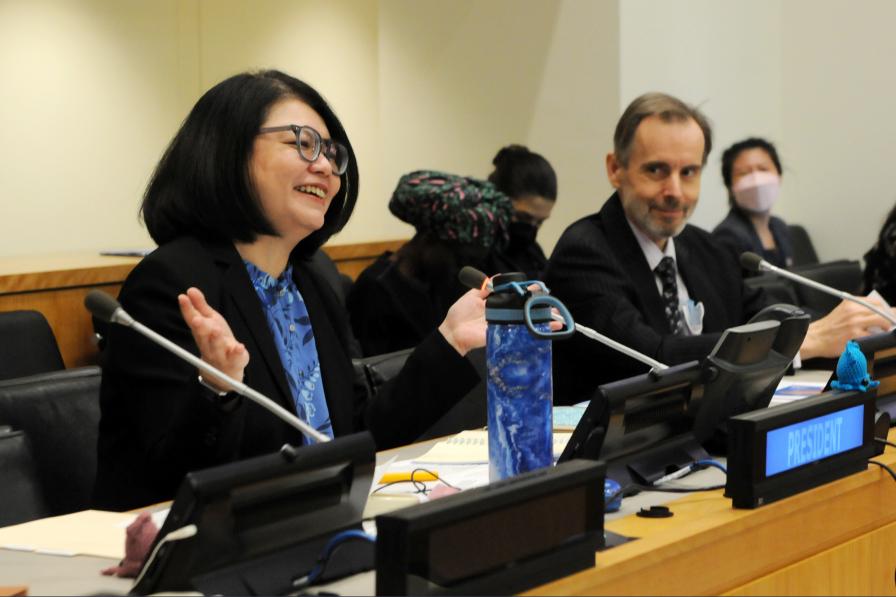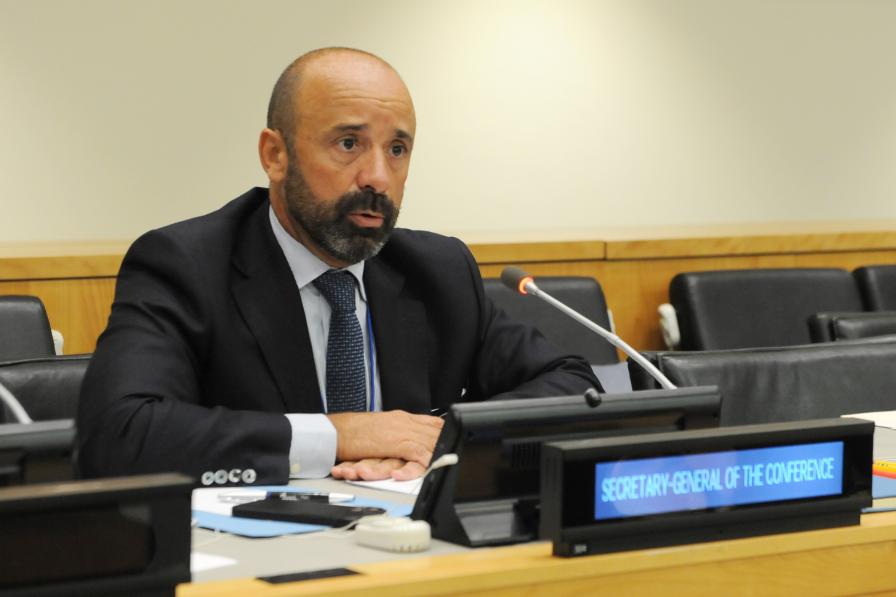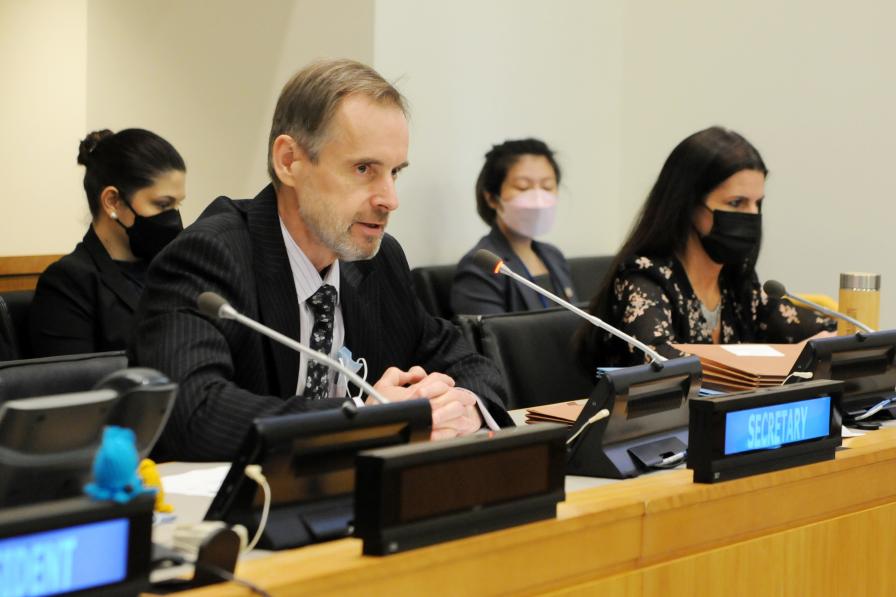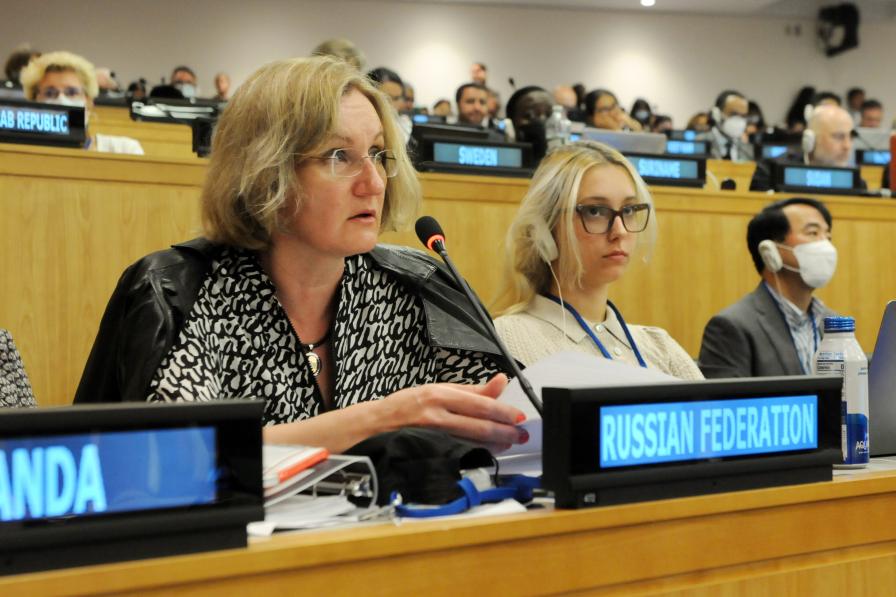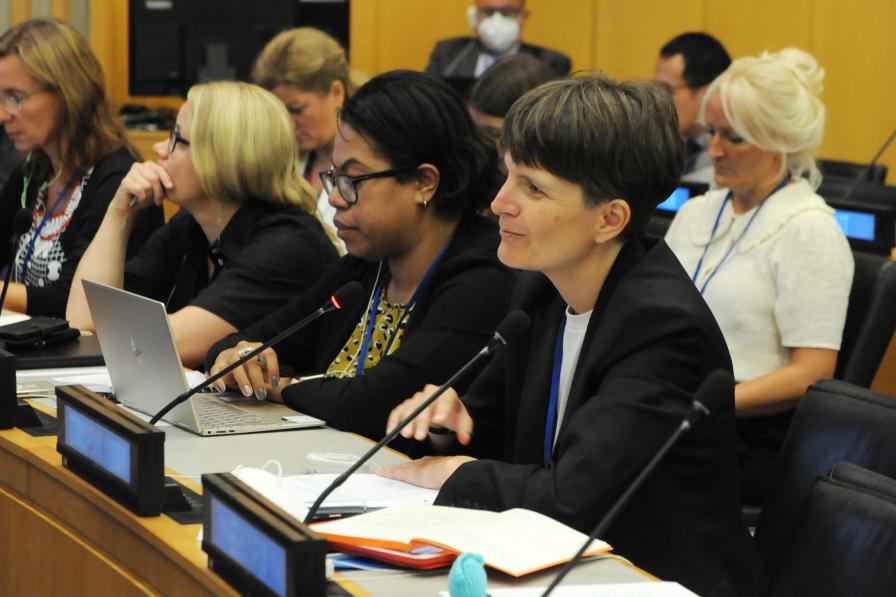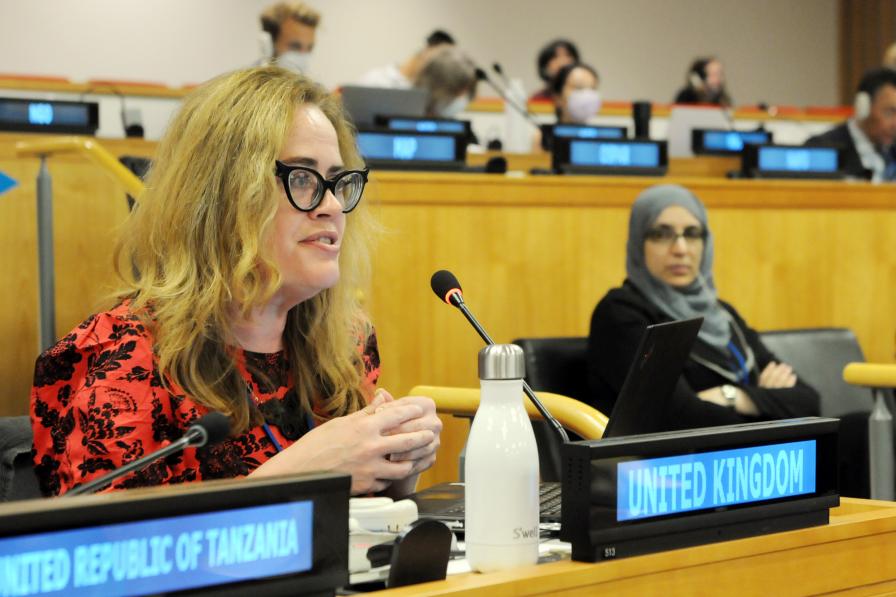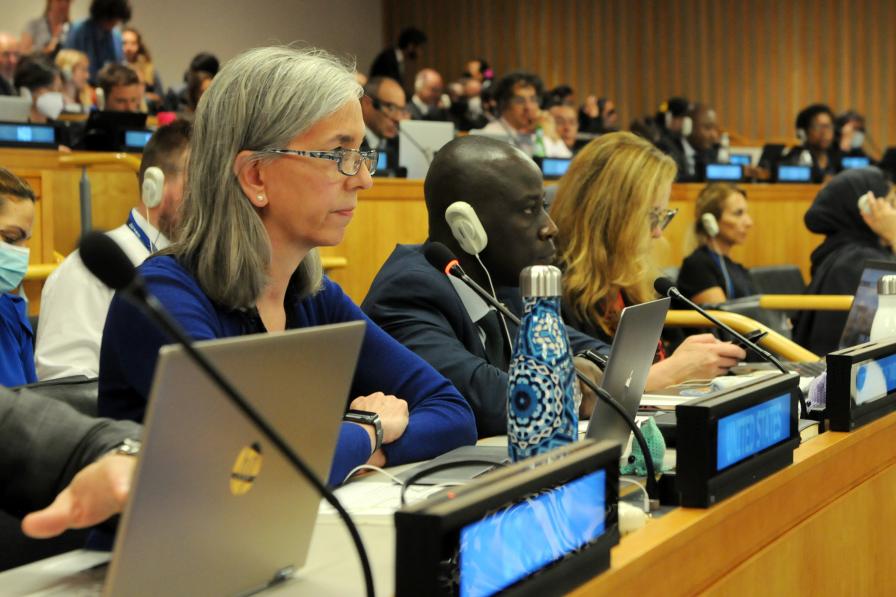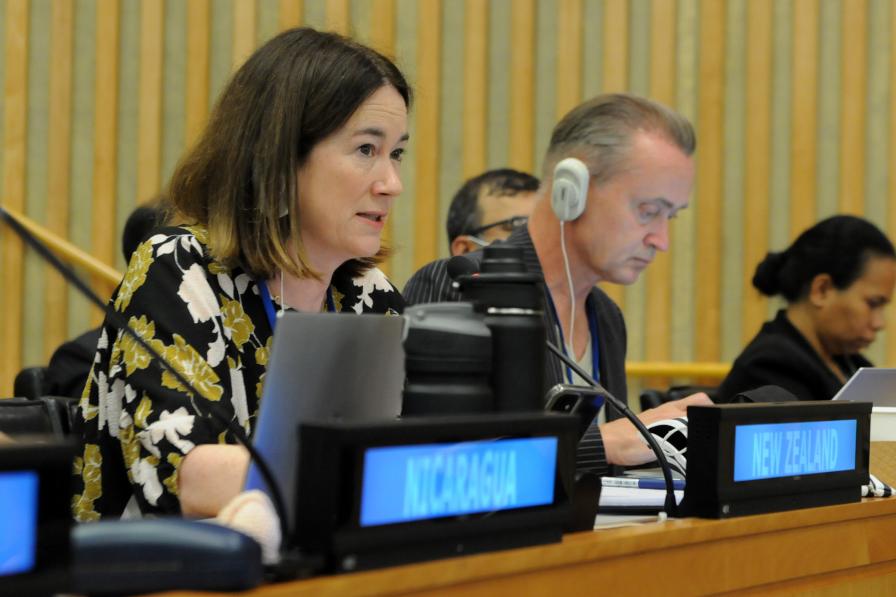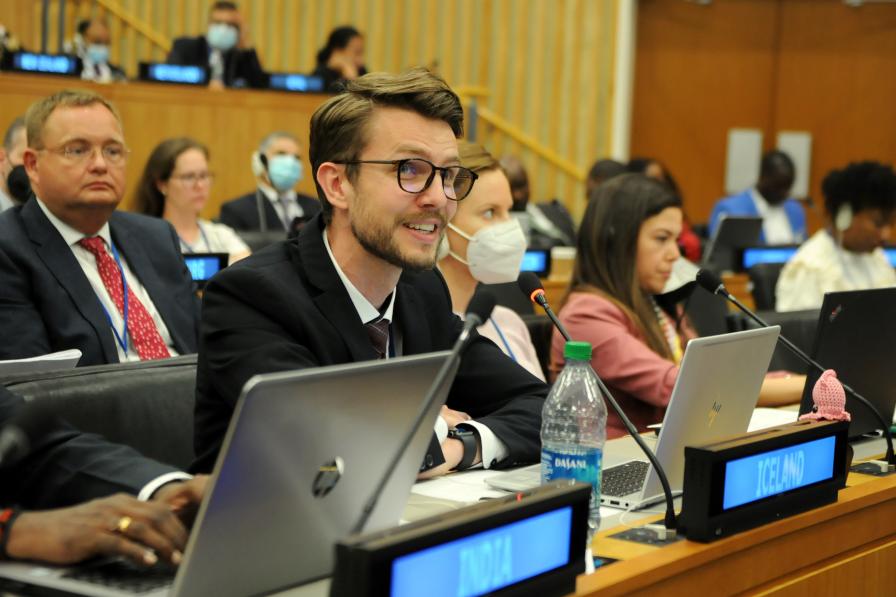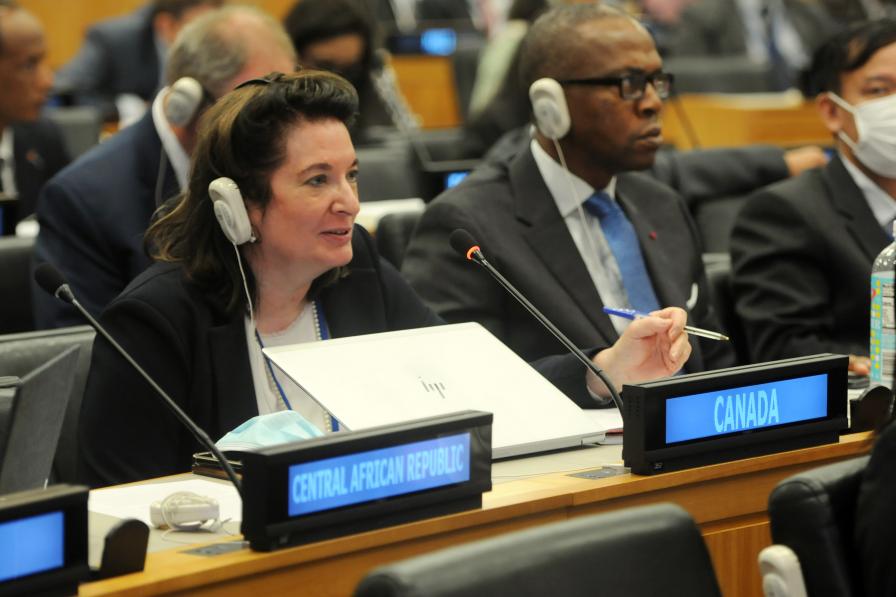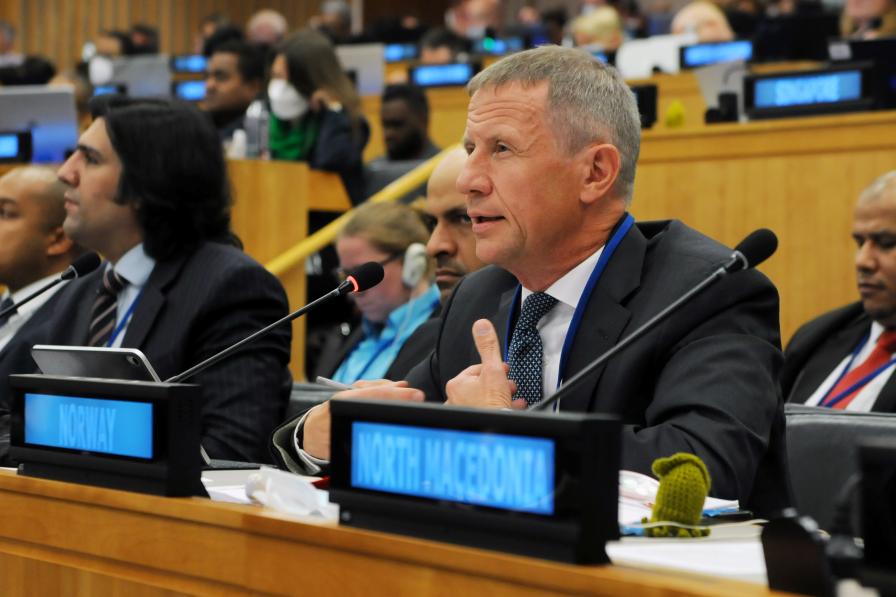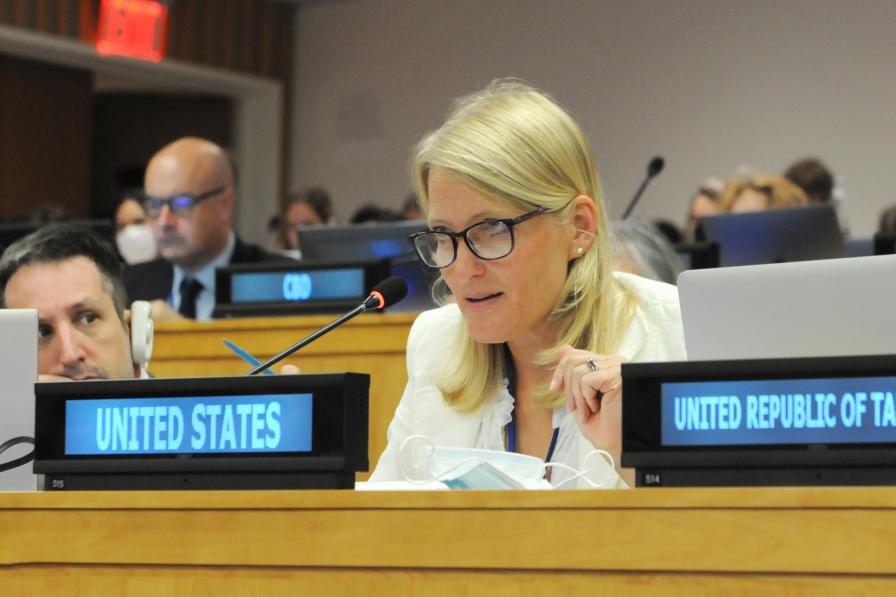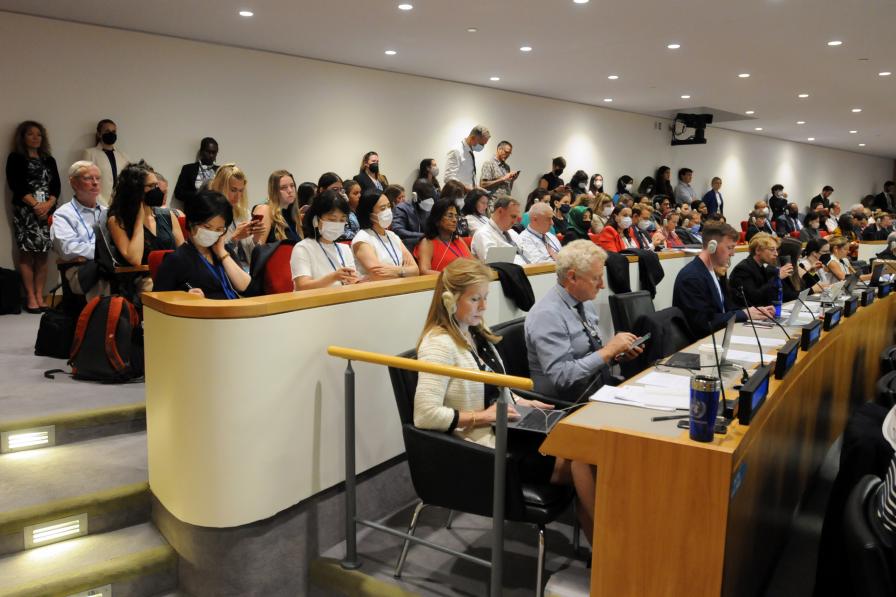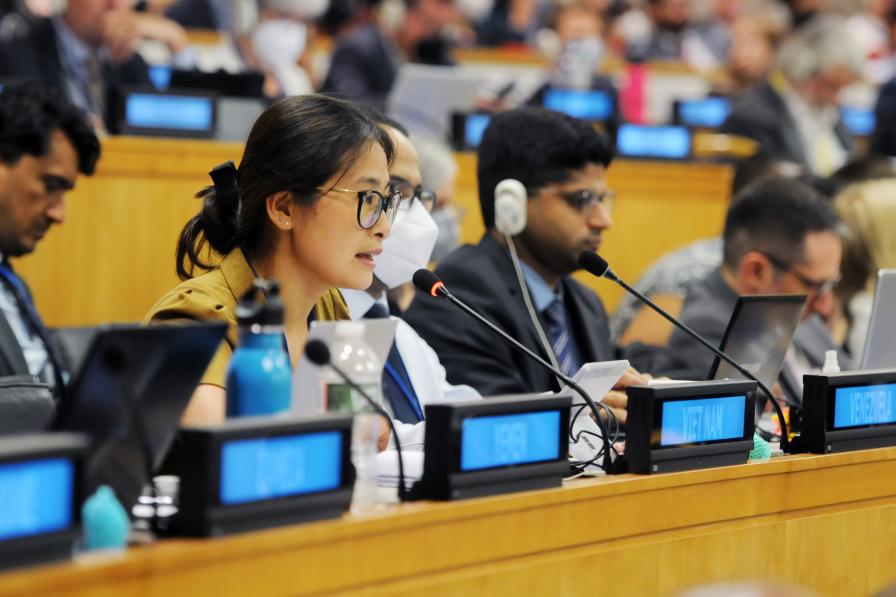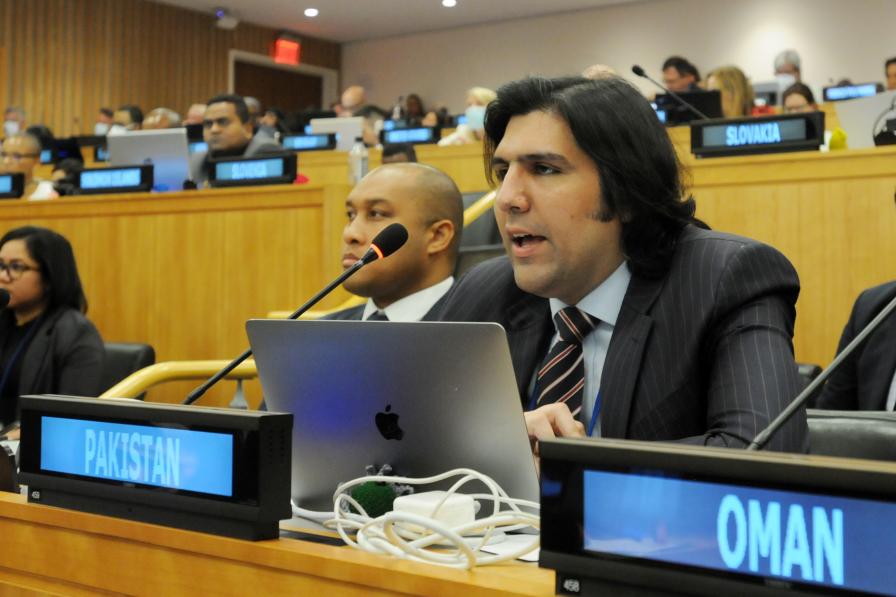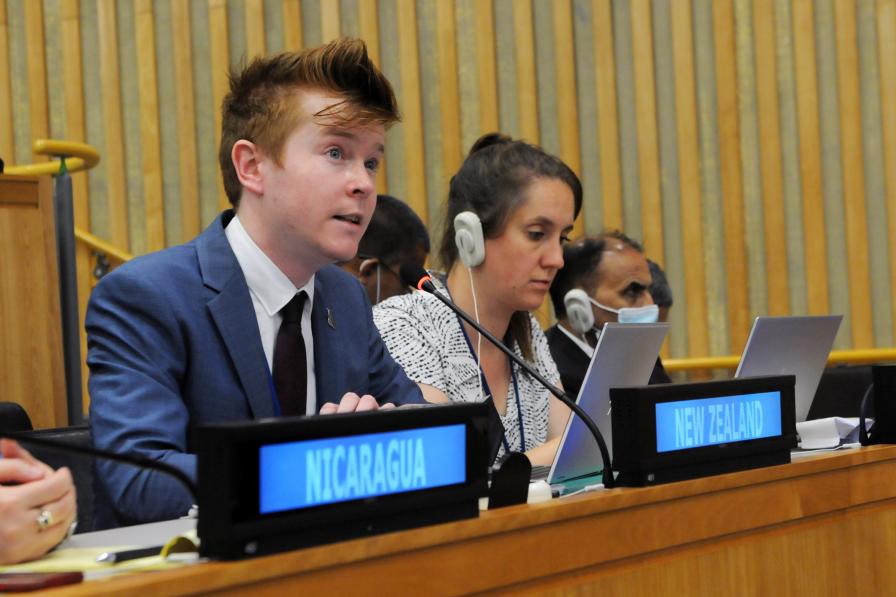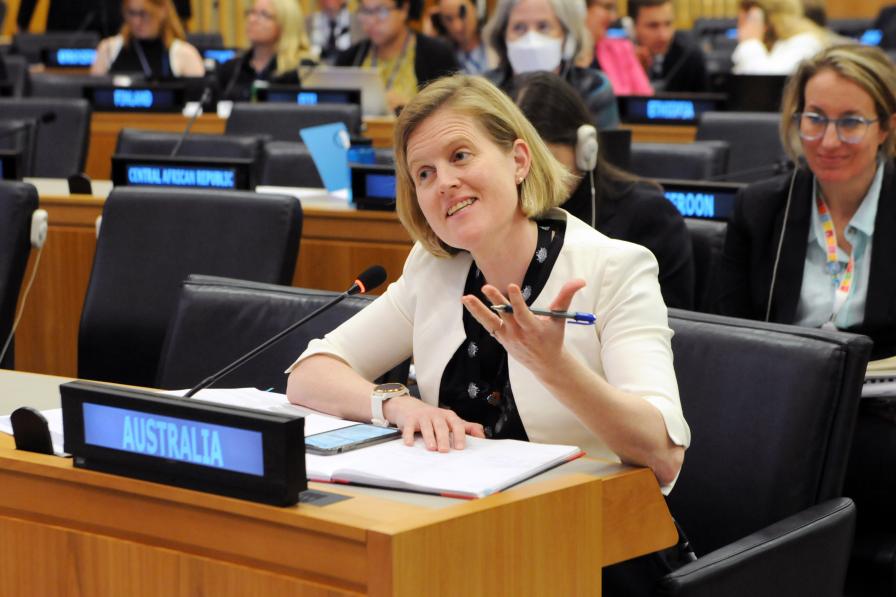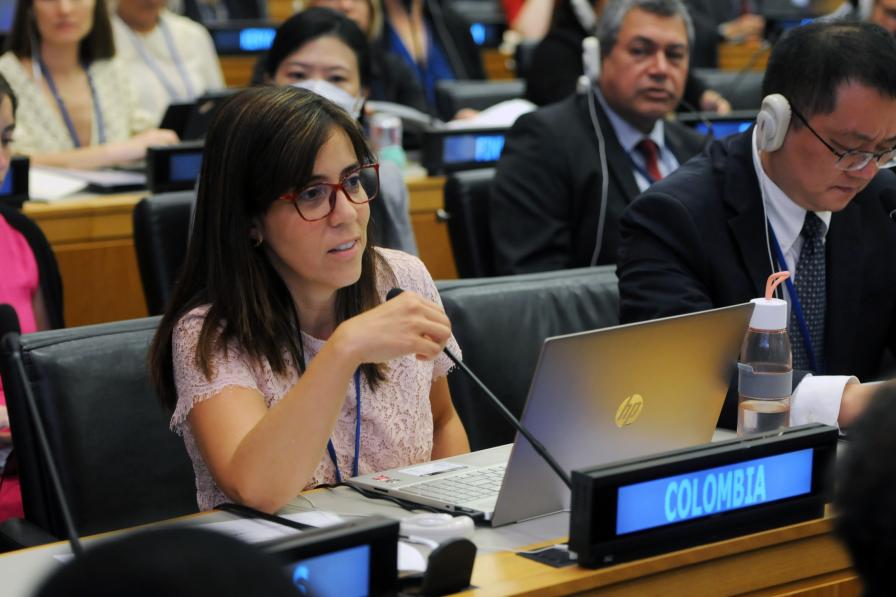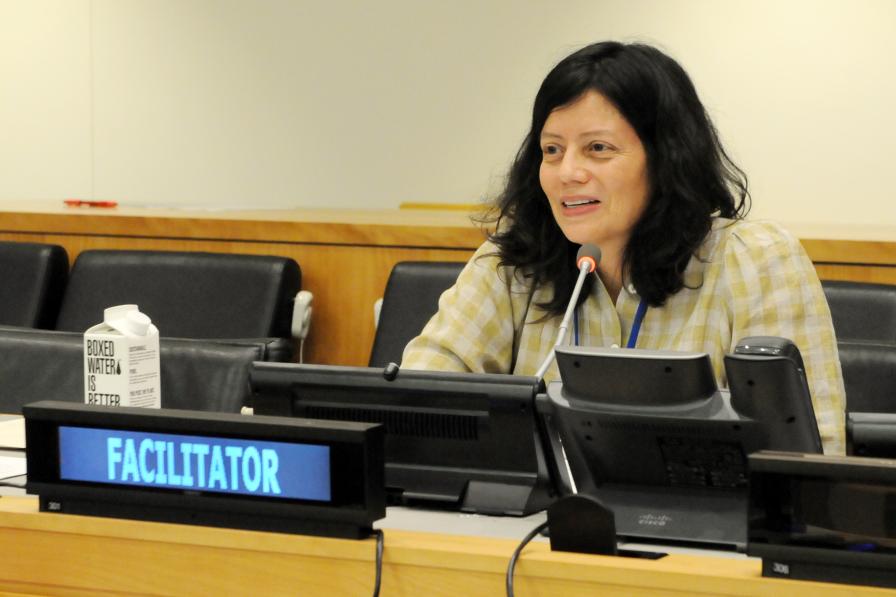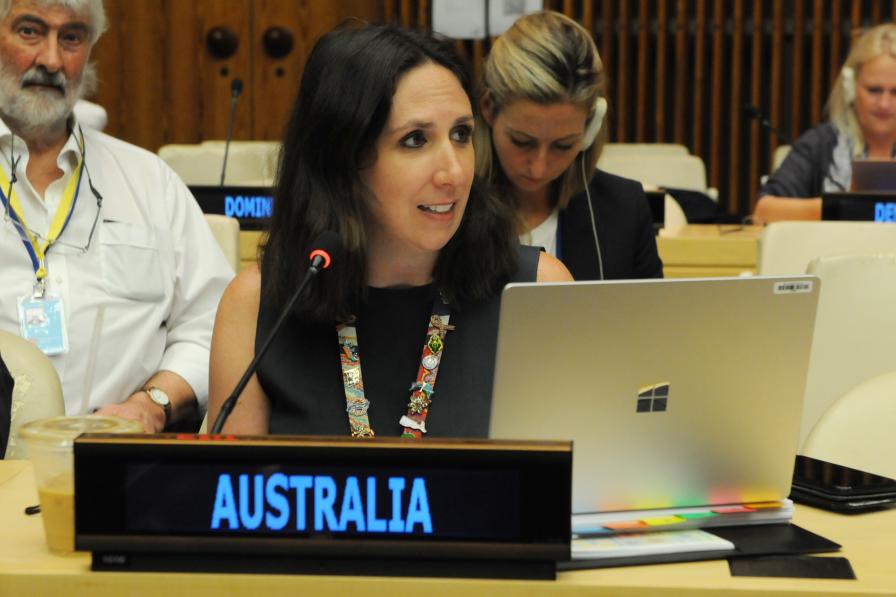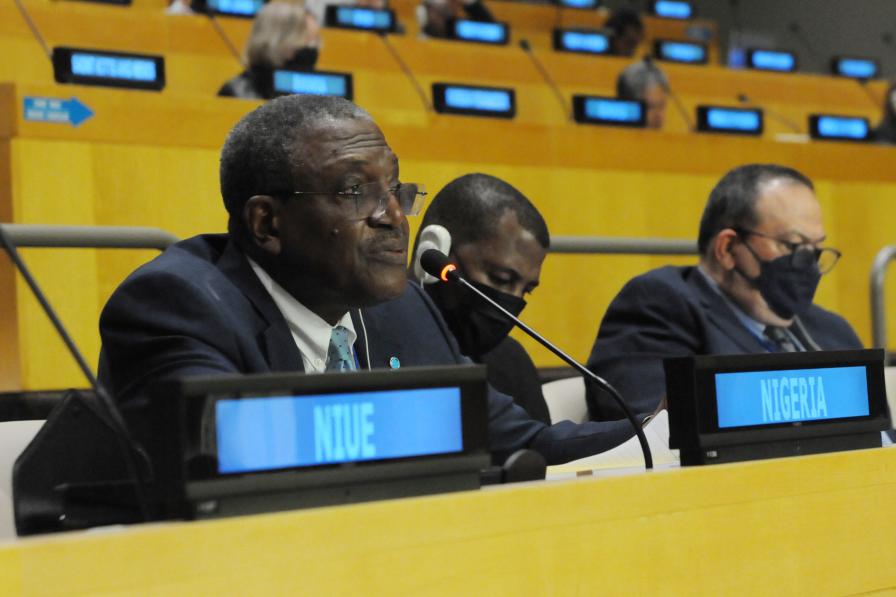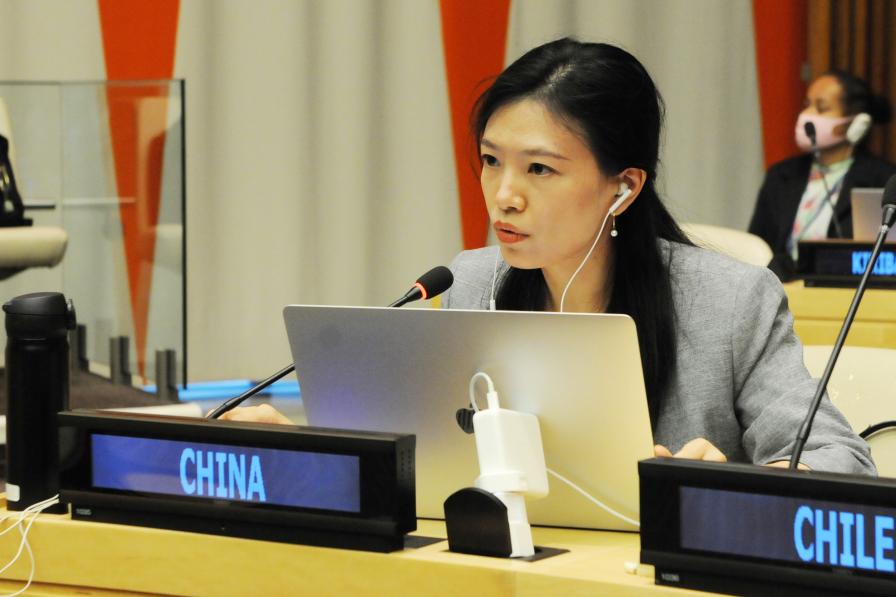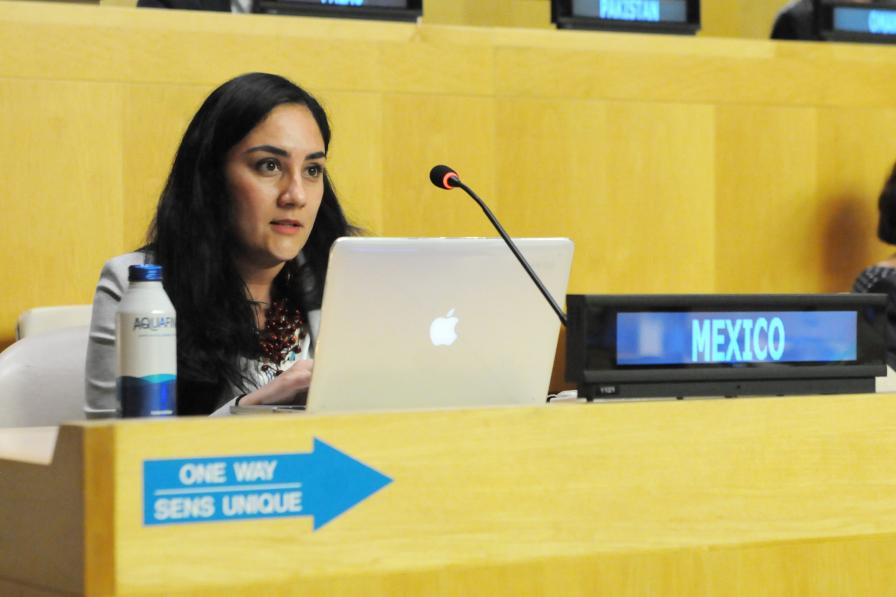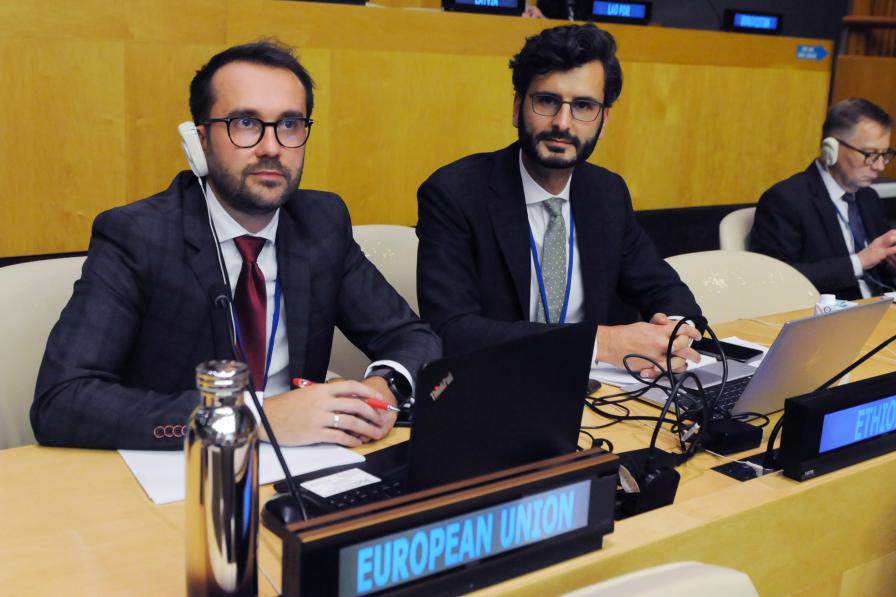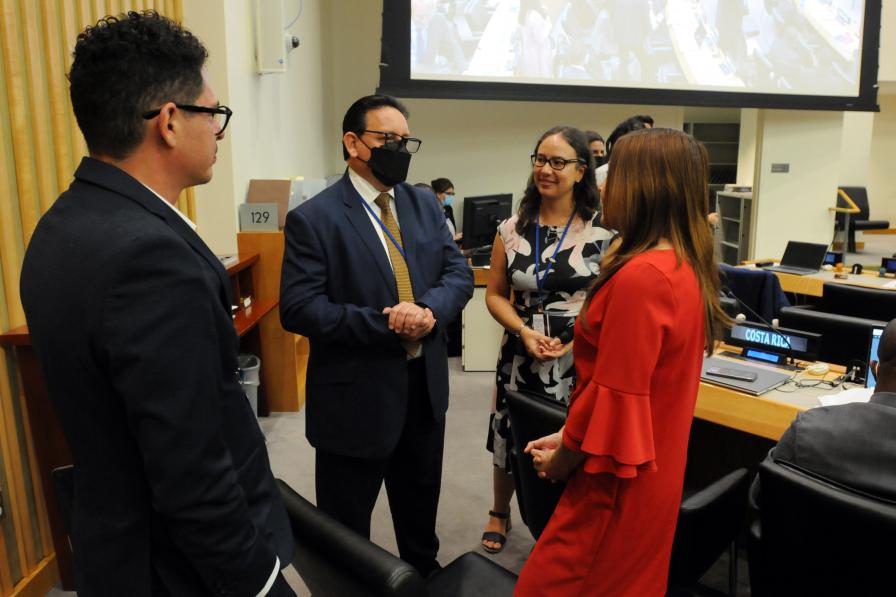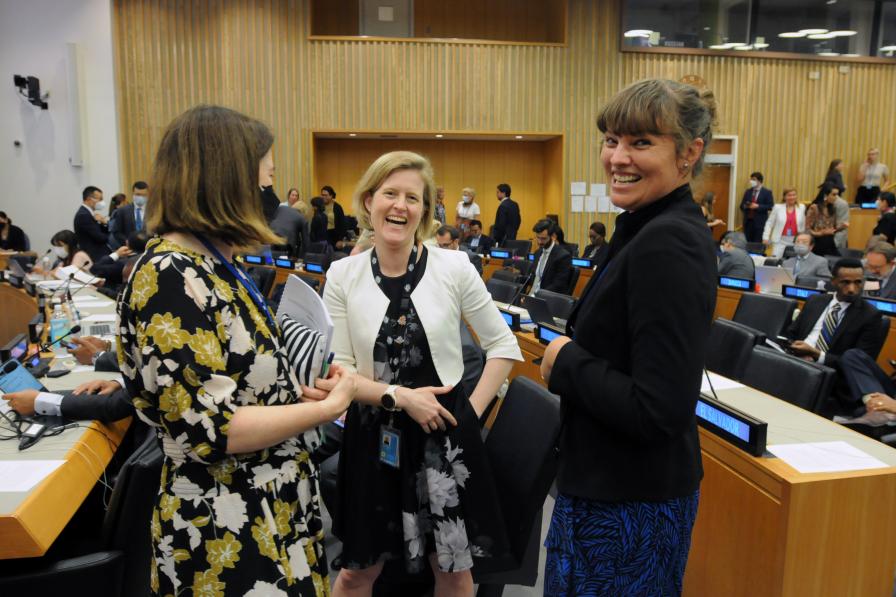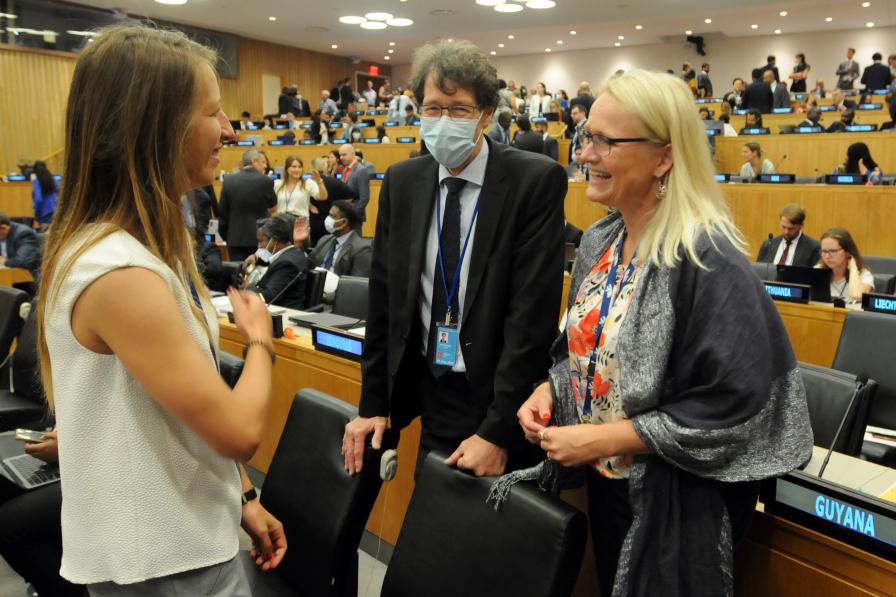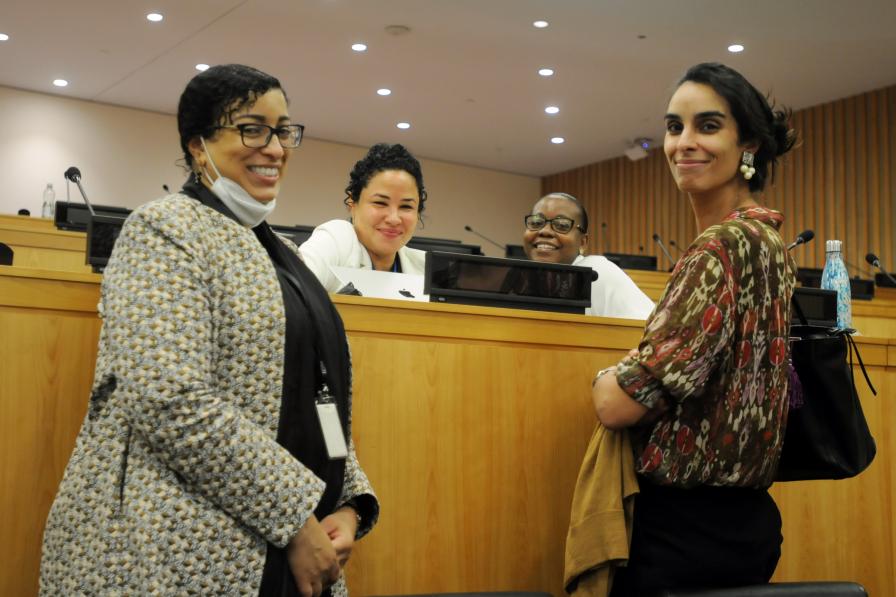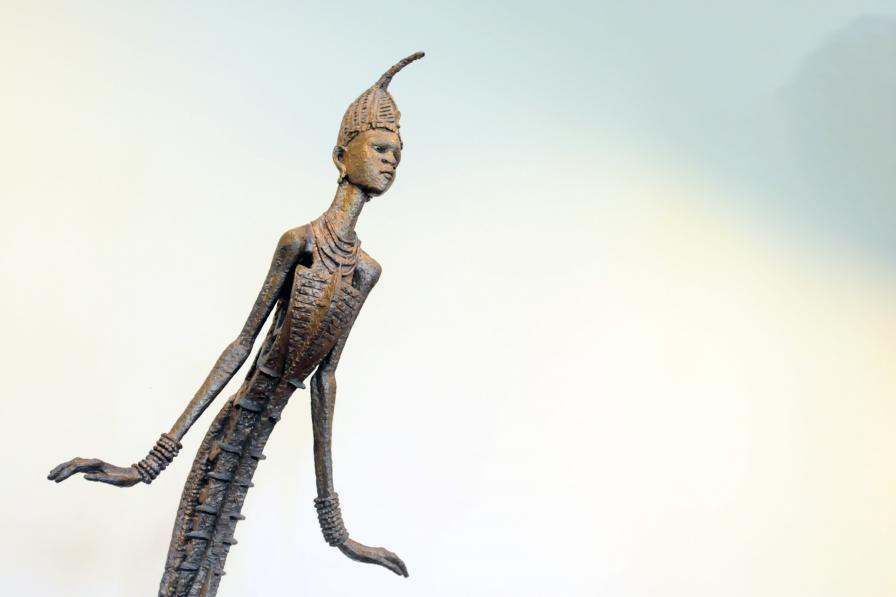Optimism reigned supreme as the fifth session of the intergovernmental conference (IGC-5) on the conservation and sustainable use of marine biological diversity of areas beyond national jurisdiction (BBNJ) started its deliberations at UN Headquarters in New York on Monday, 15 August 2022.
Want to dive deeper? Read the full Earth Negotiations Bulletin daily report.
IGC President Rena Lee opened the meeting, bringing delegates’ attention to the further revised draft text of an agreement, which takes into account textual proposals made during and after IGC-4, and will be the main basis of negotiations throughout this meeting. She also pointed to informational documents to aid in negotiations, including flow charts on the four major elements of the agreement:
- marine genetic resources (MGRs), including questions on the sharing of benefits;
- measures such as area-based management tools (ABMTs), including marine protected areas (MPAs);
- environmental impact assessments (EIAs); and
- capacity building and transfer of marine technology (CB&TT).
IGC President Lee also highlighted informational documents related to ocean financing and the functions of the future secretariat, specifically if the UN Division of Ocean Affairs and the Law of the Sea (UNDOALOS) should be designated to serve as the secretariat of the new agreement on BBNJ. Recalling that at the second UN Ocean Conference in Lisbon in June 2022, almost everyone had called for a conclusion of negotiations “by the end of this year,” President Lee urged delegates to bring their hearts and commitment to this process, striving to deliver on a fair and balanced agreement. She said “land is in sight, it is time to bring this ship into the shore.”
Miguel de Serpa Soares, Secretary-General of the IGC, Under-Secretary-General for Legal Affairs and UN Legal Counsel, lauded the progress made during ICG-4, adding that IGC-5 is required to facilitate the prompt finalization of an international legally binding instrument on BBNJ. He said the time to act is now for the conservation and sustainable use of marine biodiversity, and expressed hope that the 40th anniversary of the UN Convention on the Law of the Sea could be celebrated by welcoming a new agreement into the Law of the Sea family.
IGC-5 then went into an informal setting, with delegates opening discussions on aspects related to the general and final provisions of a future BBNJ agreement. On final provisions, they focused on, among others, the right to vote, the division of competence of regional economic integration organizations (REIOs) and their Member States, and the provisional application of the new treaty. On general provisions, they delved into core articles on the general objective, the relationship between the BBNJ agreement and the UN Convention on the Law of the Sea (UNCLOS), and application, relating that to the definition of areas beyond national jurisdiction (ABNJ). Discussions will continue at a later stage of the meeting.
In a parallel session in the afternoon, delegates considered aspects related to MGRs, including questions on the sharing of benefits. Specifically, they discussed the collection of MGRs of ABNJ, with diverging views on:
- ways to restructure this part of the agreement;
- whether the section should refer to “collection of in situ MGRs in ABNJ”;
- and modalities of a notification system pre- and post-cruise.
Further, they addressed a provision on access to traditional knowledge of Indigenous Peoples and local communities associated with MGRs in the high seas.
All ENB photos are free to use with attribution. For photos from IGC-5 of BBNJ, please use the following attribution: Photo by IISD/ENB | Diego Noguera.
To receive free coverage of global environmental events delivered to your inbox, subscribe to the ENB Update newsletter.
Around the Venue

The "little inspirational marine critters" crafted by members of the High Seas Alliance made an appearance at IGC-5.

Sai Navoti, UN Department of Economic and Social Affairs (UN DESA), and Yongsheng Cai, International Seabed Authority (ISA) Secretariat

